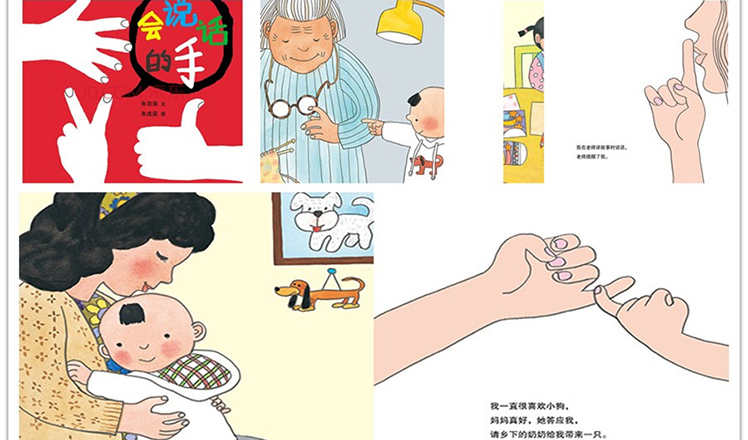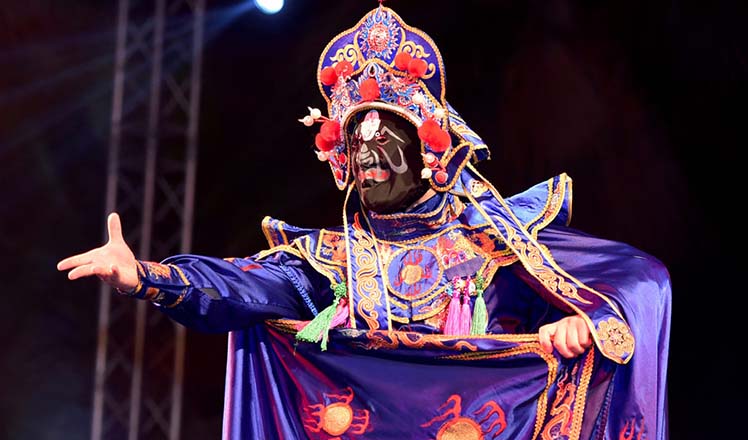SOE reform offers route to greater efficiency
Updated: 2016-07-27 16:04
By xinhua(China Daily USA)
|
|||||||||
A mega-merger in China's tourism sector marks the latest step forward in the country's drive to improve the efficiency of its bloated State-owned enterprises. China International Travel Service Group Corp is now a wholly owned subsidiary of China National Travel Service (HK) Group Corp, the State-owned Assets Supervision and Administration Commission said in a statement earlier this week.
The marriage of the two former competitors will allow for higher SOE efficiency, larger market share and better profit performance of State-owned assets, said Shen Meng, executive director of Chanson Capital, a boutique investment bank.
The new entity, which will register revenues of at least 52 billion yuan ($7.8 billion) and assets of at least 116 billion yuan, will become "one of the largest travel service companies" in China, offering diversified products and services, said Lu Chenyi, a Moody's vice-president and senior analyst.
The merger will improve the efficiency of the two corporations through business synergies, enhance their competitiveness in terms of scale and global reach in the industry and increase cost savings through shared resources, Lu said.
China is overhauling its SOEs, encouraging mergers and acquisitions between some of its biggest conglomerates while shutting loss-making ones.
The country has seen a mega-merger between its two largest trainmakers, CNR Corp Ltd and CSR Corp Ltd, approved a merger between China Metallurgical Group and China Minmetals Corp, both of which are Fortune 500 companies, and created the world's fourth-largest container shipper through the merger of China Ocean Shipping Group and China Shipping (Group) Co.
China has more than 150,000 SOEs. They play a pivotal role in bolstering the economy and providing employment, with total assets worth about 125 trillion yuan as of the end of May.
The combined profits of these State firms saw a decline of 9.6 percent year-on-year in the first five months, despite warming signs in the broader economy.
Shen said China's SOE reform has entered a crucial stage and more SOE mergers and acquisitions may be expected in the second half of the year.
The next stage of SOE reform will feature overcapacity reduction, optimal relocation of similar resources and specialized operations, said Li Jin, chief analyst with the China Enterprise Research Institute.
However, an economic slowdown, which trimmed the country's GDP growth to 6.7 percent in the first quarter, has bitten into SOEs' profitability and left many struggling to keep afloat.
To reverse the situation, policymakers are promoting an overhaul of SOEs, piloting mixed ownership programs, encouraging mergers and acquisitions, and downsizing overstaffed companies.
President Xi Jinping and Premier Li Keqiang gave written advice on the development of SOEs to a national meeting on SOE reform earlier this week.
Xi demanded continued efforts to enhance SOEs' vitality, competitiveness and risk resistance, and to establish a modern corporate governance system.
The premier urged SOEs to slash excess production capacity, boost technological innovation and upgrade traditional industries.
In fact, many SOEs still have huge investments in lackluster traditional heavy industries and are overburdened by high operational costs and long payrolls, according to Xiao Yaqing, head of the Assets Supervision and Administration Commission of the State Council.
More efforts are needed to improve State-owned asset management and change rigid corporate governance, Xiao said.
|
A visitor (left), takes a photo with an exhibition staff member at a recent international tourism expo in Beijing. Chen Xiaogen / For China Daily |
(China Daily USA 07/27/2016 page16)
- S. Korea to launch WWII 'comfort women' victims foundation
- China to become Australia's biggest tourist source market
- Patient shoots, kills doctor in Berlin then kills himself
- One of church attackers tried to join IS in Syria
- China's coal usage may peak by 2020, experts say
- Bavarian bomber pledged allegiance to Islamic State

 Olympic merchandize popular ahead of games
Olympic merchandize popular ahead of games
 Can't-miss Chinese picture books at Beijing book fair
Can't-miss Chinese picture books at Beijing book fair
 Macao's panda twins meet public one month after birth
Macao's panda twins meet public one month after birth
 It's Pokemon Go time in HK
It's Pokemon Go time in HK
 Daredevils brave record Shanghai skywalk
Daredevils brave record Shanghai skywalk
 Top 8 foreign sports stars endorsing Chinese brands
Top 8 foreign sports stars endorsing Chinese brands
 Chinese shows captivate audience at Afro-Chinese Arts Festival
Chinese shows captivate audience at Afro-Chinese Arts Festival
 Sunny images of 60-year-old go viral in China
Sunny images of 60-year-old go viral in China
Most Viewed
Editor's Picks

|

|

|

|

|

|
Today's Top News
Ministry slams US-Korean THAAD deployment
Two police officers shot at protest in Dallas
Abe's blame game reveals his policies failing to get results
Ending wildlife trafficking must be policy priority in Asia
Effects of supply-side reform take time to be seen
Chinese State Councilor Yang Jiechi to meet Kerry
Chinese stocks surge on back of MSCI rumors
Liang avoids jail in shooting death
US Weekly

|

|










